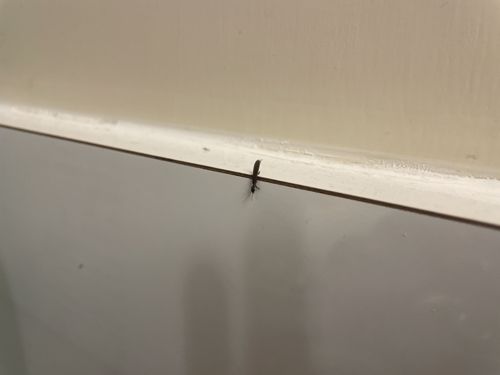Ant
Scientific Name: Formicidae
Order & Family: Hymenoptera, Formicidae
Size: Typically 2 to 20 mm, though some species can be larger.

Natural Habitat
Ants are found in nearly all terrestrial habitats worldwide, from forests and grasslands to deserts and urban environments. They typically live in colonies underground, in mounds, or within trees and structures.
Diet & Feeding
Ants are omnivores, with their diet varying greatly by species. They consume nectar, seeds, fungi, insects, and decaying matter. Many species also tend aphids for their honeydew.
Behavior Patterns
Ants are social insects that live in structured colonies led by a queen. They exhibit complex behaviors including foraging, nest building, defense of the colony, and cooperative brood care. Communication often occurs through chemical signals (pheromones).
Risks & Benefits
Risks include potential for structural damage (e.g., carpenter ants), contamination of food, and painful bites/stings from some species. Benefits include pest control (predation on other insects), soil aeration and nutrient cycling, and seed dispersal.
Identified on: 10/8/2025